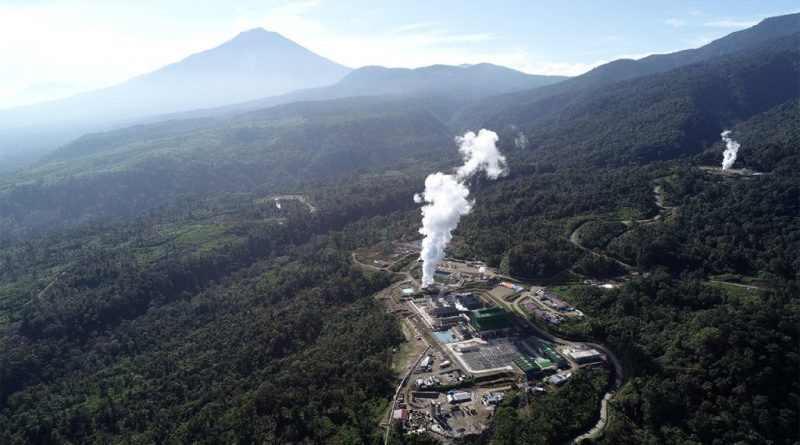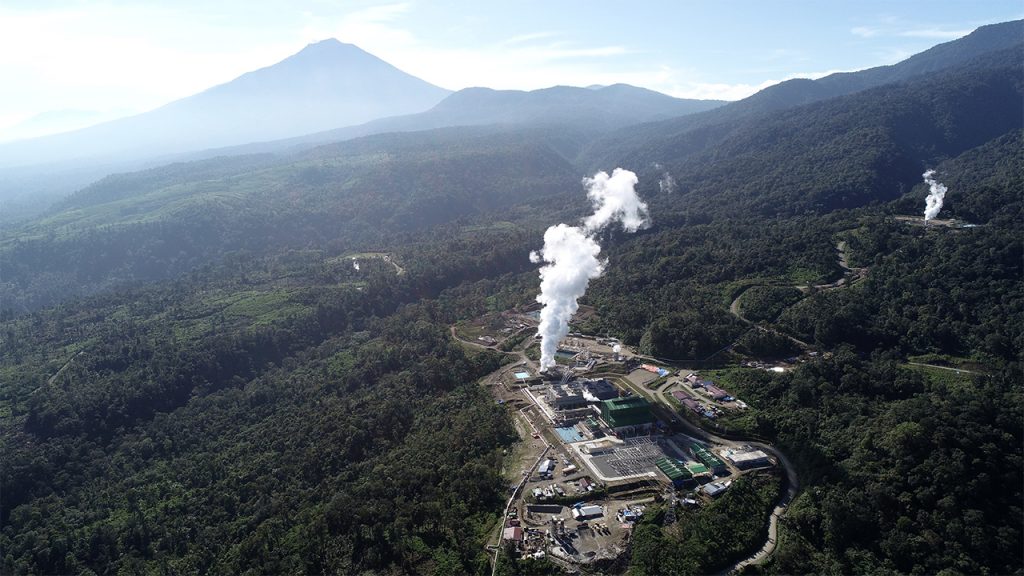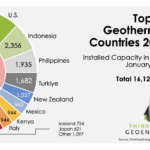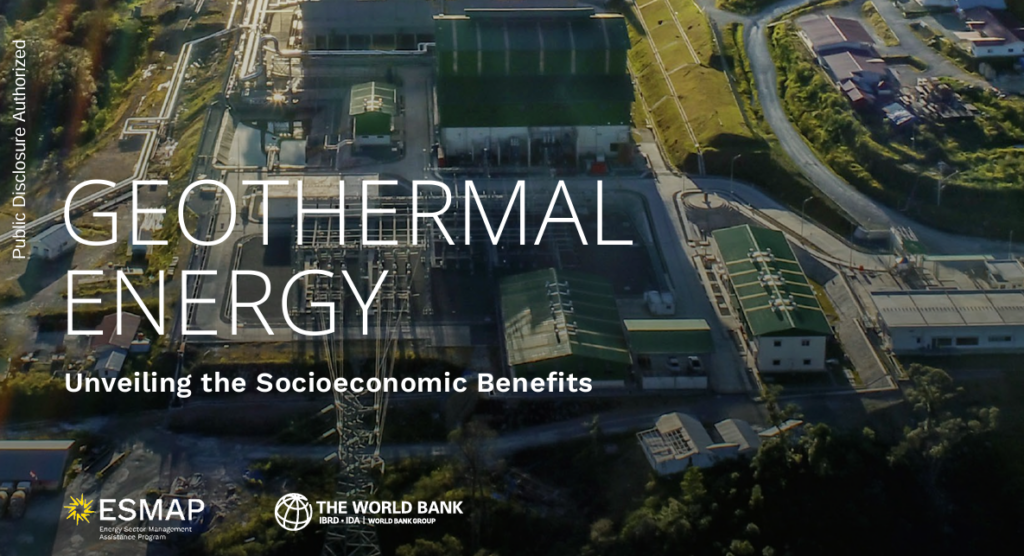Calls for reducing cost for geothermal power generation in Indonesia
Energy Disrupter
Strong calls for the Indonesian government to make efforts to reduce the cost of producing electricity from geothermal sources.
To support the efficiency of technology and infrastructure, Member of Commission VII DPR RI Mulyanto encourages the Government to make various efforts to reduce the cost of producing electricity from geothermal sources. Without relying on state budget subsidies, this important effort is made so that the economic price of geothermal electricity is more competitive than electricity from other energy sources, as reported by Liputan6.
Mulyanto revealed that to remove the economic price barrier for electricity from geothermal energy sources (PLTP), which is still above PLN’s basic cost of generation (BPP), it is not necessarily done with government subsidies or providing electricity compensation fund for the difference in costs.
“That is not an attractive idea in the midst of a pandemic condition where our fiscal policy is to focus on buying vaccines and public health costs,” said Mulyanto.
With the current fiscal condition, he added, where the state budget deficit is more than 5 percent of gross domestic product (GDP), it does not make sense for the government to be burdened with additional subsidies for geothermal electricity.
According to him, an attractive solution actually comes from the industry because it seeks to reduce capital expenditure (Capex) costs such as road infrastructure costs, especially those of a social nature that must be built by developers and high-risk exploration costs.
It was reported that the Dieng 2 Geothermal Power Plant (PLTP) and the Patuha 2 PLTP succeeded in reducing their capital expenditure by 20 percent. Including drilling costs that can be reduced to below USD 7 million.
“This is an achievement that deserves thumbs up because the lowering of Capex costs will directly lower the price of electricity,” added Mulyanto.
To find out, the structural problem of the weak contribution of electricity from geothermal energy sources is that the price is not competitive, both compared to electricity from coal energy sources and solar power plants (PLTS).
The price of electricity from coal sources or solar, can be below $0.07/ kWh, even reaching $0.04/ kWh. However, the price of electricity from geothermal sources is difficult to reach that figure, let alone below it.
However, Mulyanto hopes that the solution is not simply to cut the compass by asking for APBN compensation funds, to cover the price difference.
This politician from the PKS Faction suggested that the geothermal sector learn a lot from PLTS, which due to technological developments continues to fall in price.
In 2013 the price of electricity from solar power was $0.20/ kWh, in the last five years it has been 10 cents, and today PLTS Apung in Cirata costs $0.058/ kWh. In fact, he was informed that there are potential investors who are interested in investing in PLTS development in the country with electricity prices only $0.04/ kWh.
“Efforts to reduce capex like this must have the support of the government, so that geothermal energy sources which are the second largest treasure in the world with a potential of 24 GW, after the United States, which has an estimated 30 GW of geothermal resources, can be optimized. Geothermal electricity is only about 9 percent of its potential, “he explained.
Source: Liputan6

















